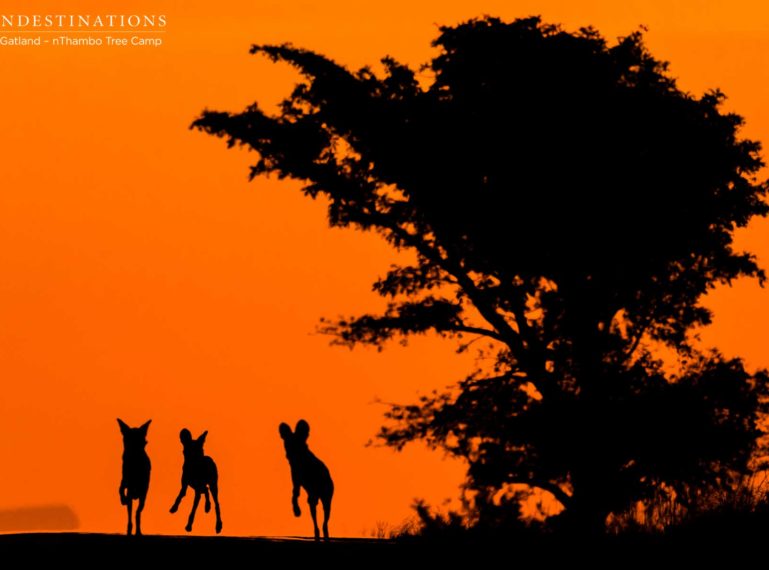
The start of May signifies the end of the impala rut. Rams are exhausted from mating and they roam the bushveld with waning stamina and little emotional energy. They become weak and vulnerable prey for predators and an easy take-out meal for eager carnivores. Co-indecently, the beginning of May is also the start of the African wild dog’s denning period. This is all perfectly timed. The once nomadic dogs lead a more sedentary lifestyle while they raise their pups. With such pressure to raise the perfect family, it goes without saying that they need an easy and predictable source of prey. Enter the tired rams!
The nomadic dogs appear to have arrived early this year in the Klaserie Private Nature Reserve. Our first sighting a couple of weeks ago we assumed was a once-off. But now that April is creeping towards May and the sightings are more frequent, we think the dogs are here to stay, which is great news given that the dogs have enormous home ranges. Wild dogs are seasonal, co-operative breeders so this time of year brings plenty of wild dog sightings. Closer to August we see the emergence of growing pups.
Over the weekend, while the sun was casting its golden rays and rangers were out on drive with guests, the wild dogs were spotted. The images Em Gatland capture on camera truly reflect the playful and gregarious nature of the wild dog. Here are they are, just casually strolling, frolicking and chittering down the road while guests marvel in awe. The dogs weren’t phased by the gentle hum of the Land Cruisers in the background and casually engaged in a ceremonious greeting while their antics were observed.
Were these dogs on the hunt for food or in search of a potential den site? Time will tell.
Let’s hope we are rewarded with sightings of wild dog pups in the near future! In the meantime, we’ll just enjoy these mesmerising images of the Klaserie landscape framing the silhouettes of wild dogs.
3 Facts About the Wild Dog Denning Period :
1. Pups will remain stashed in a den for the first 3 months of their life. The pack will remain with the pup and help with daily activities while the mother nurses the young. This means that the other pack members will conduct hunts and deliver food to her via regurgitation. Pack members also take turns in babysitting and becoming den-guards.
2. Only the alpha male and female breed. There is a beta pair that will step up should anything happen to one or both of the alphas.
3. Females have the ability to whelp on an annual basis and there are normally an average of 10 pups but there have been recorded numbers of up to 20. Pups will only leave the den when they are roughly a month old.
Over the next few months we will see a more heavy presence of wild dogs and hopefully they’ll reveal their pups later on in the year before their nomadic lifestyle resumes.
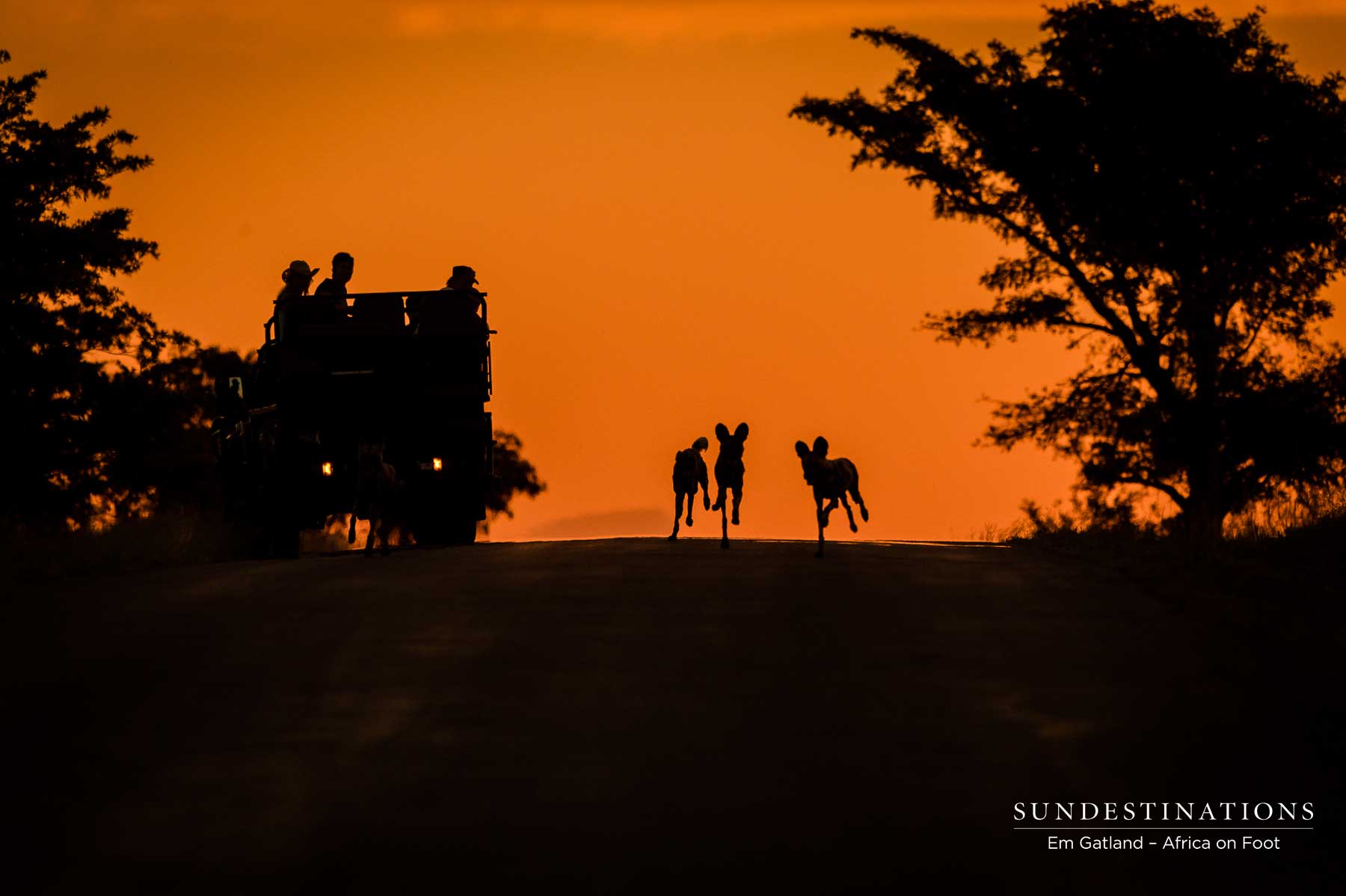
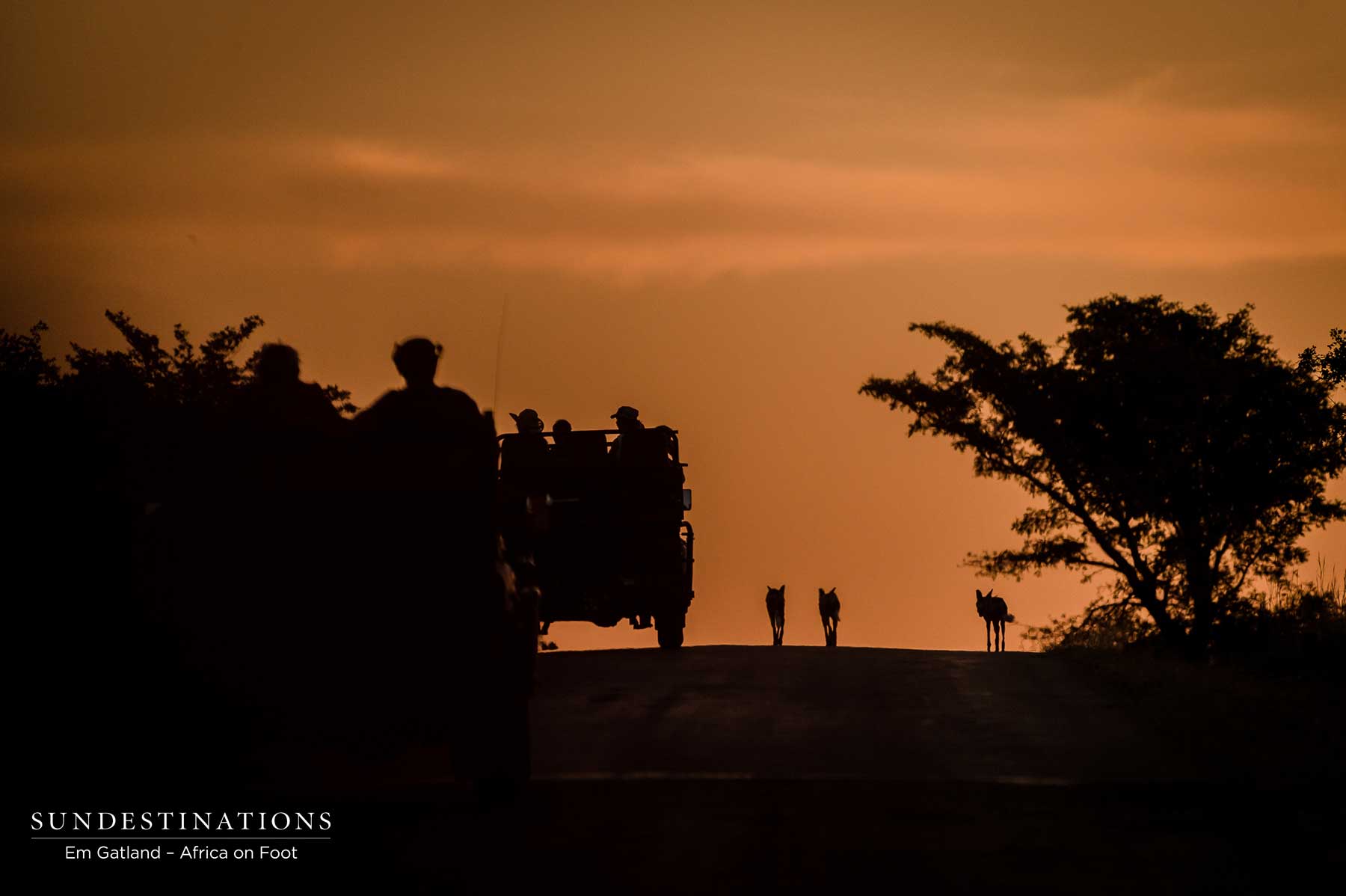
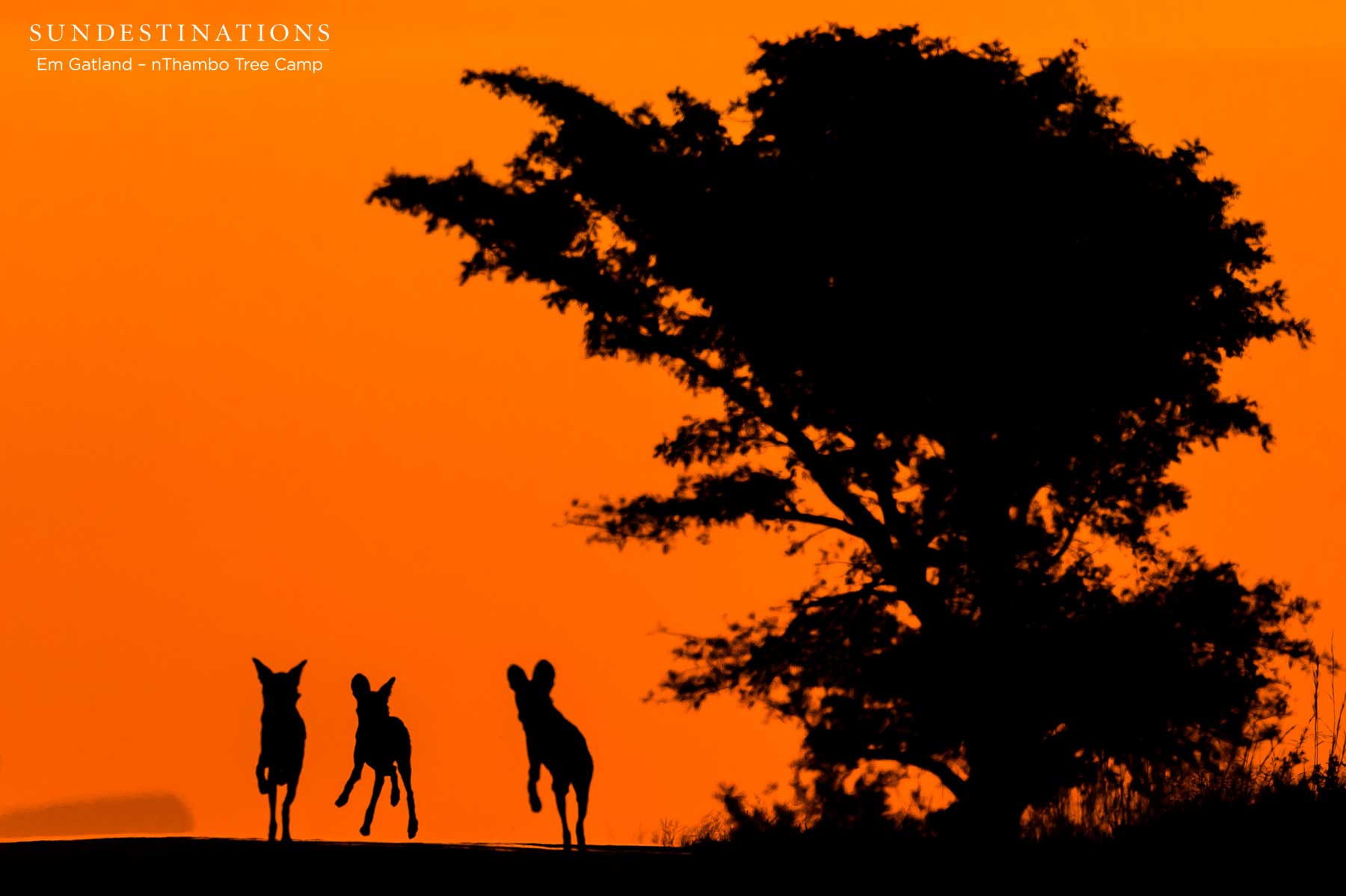
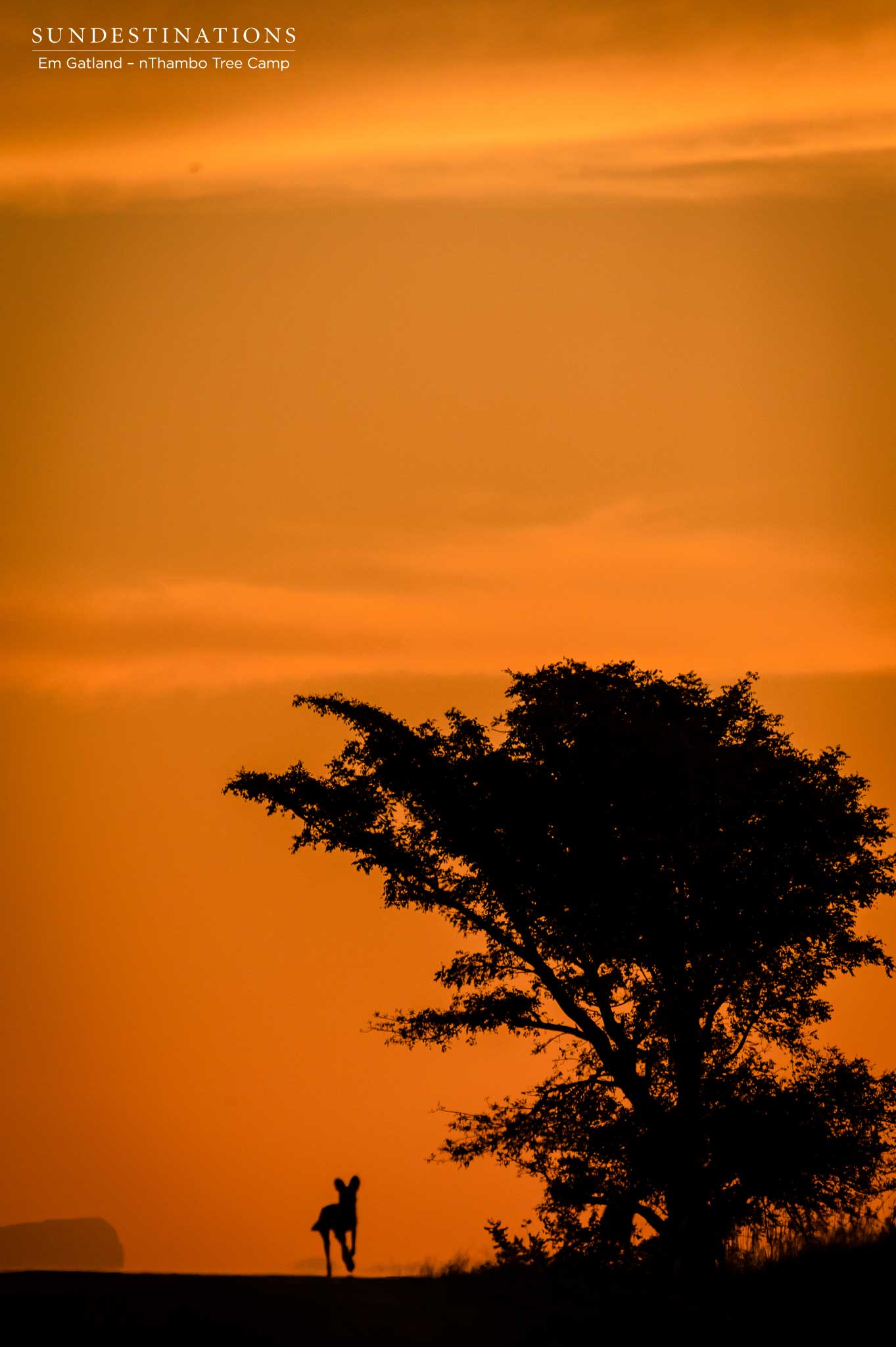
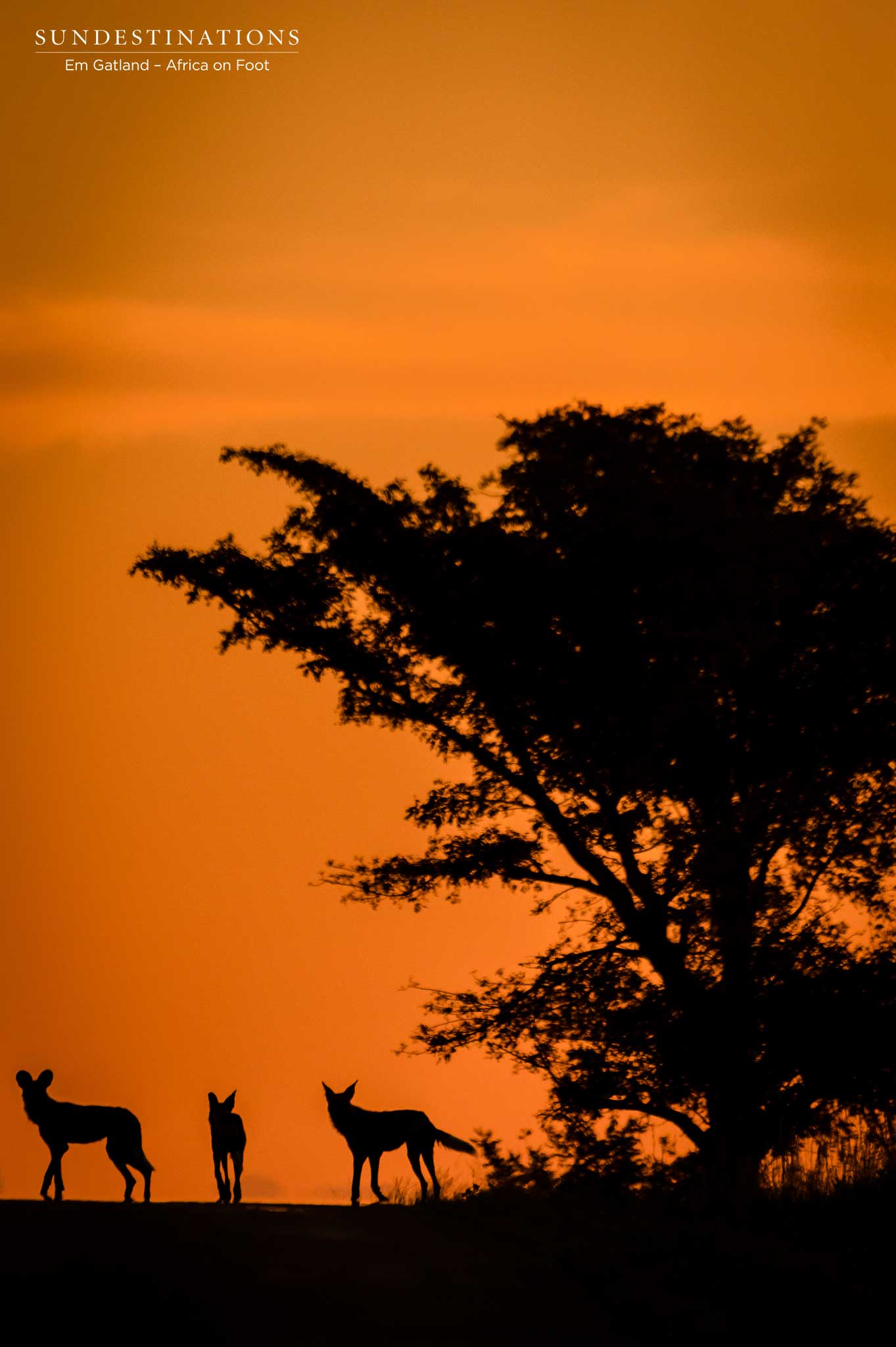
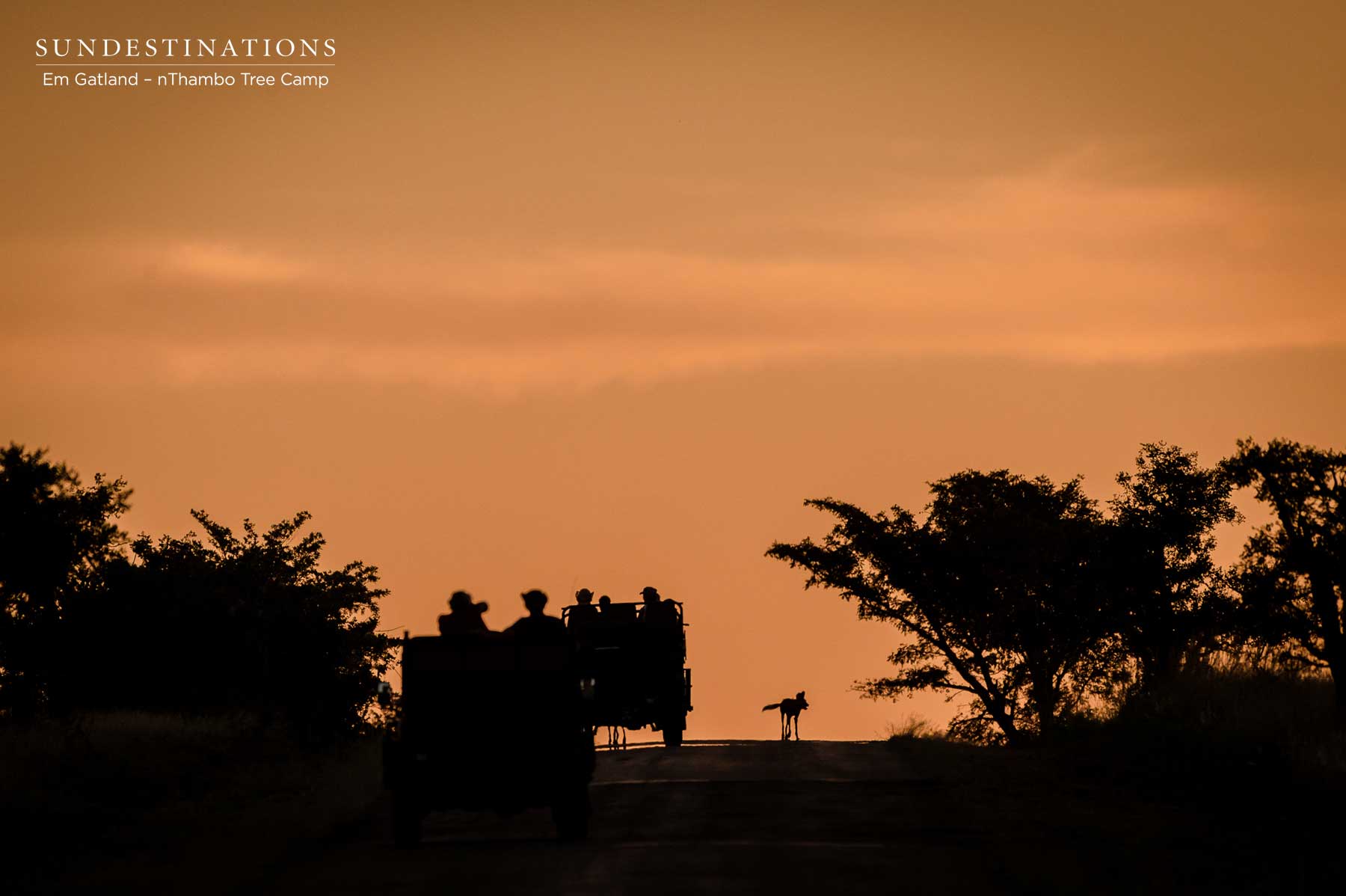
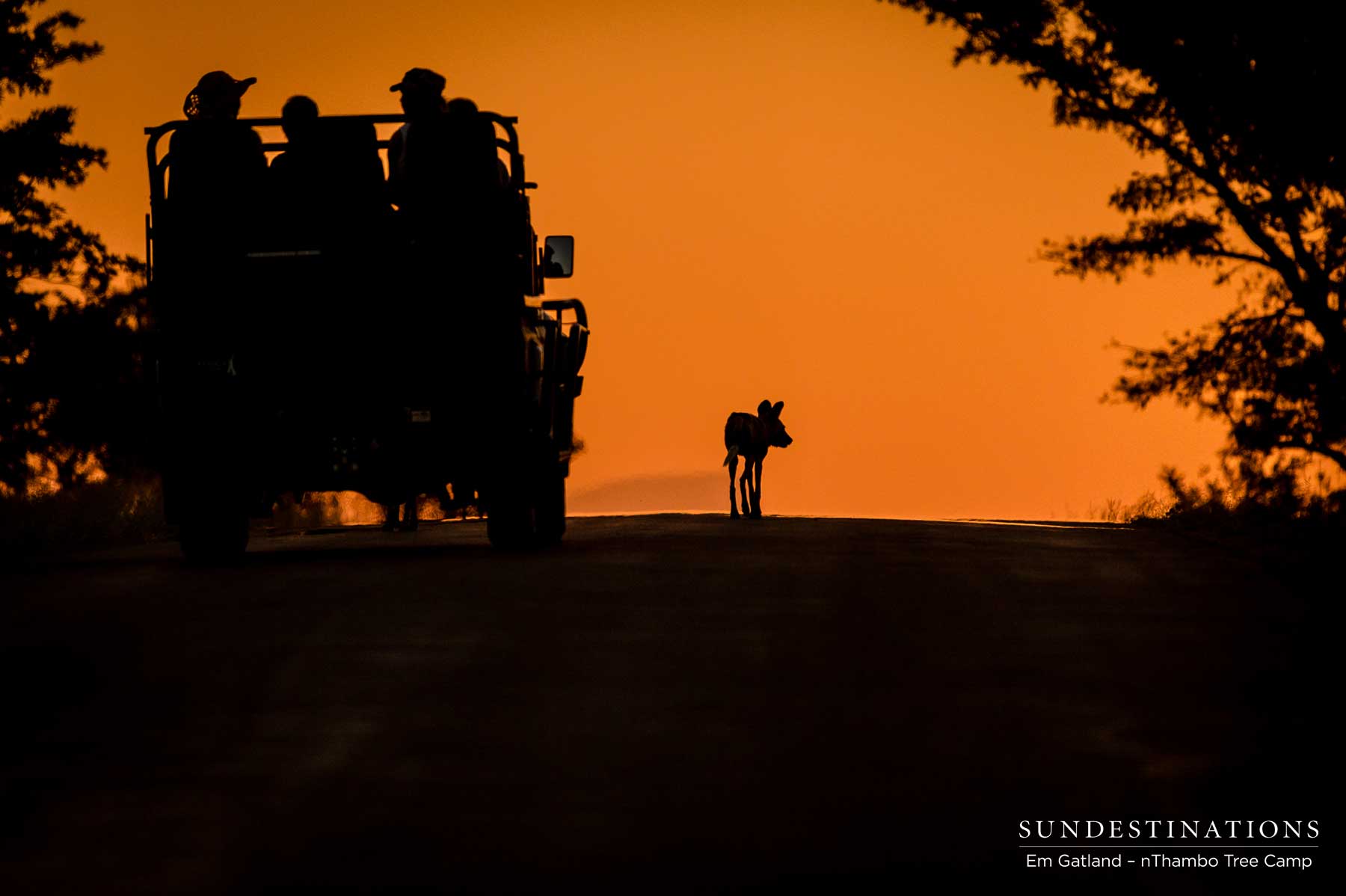
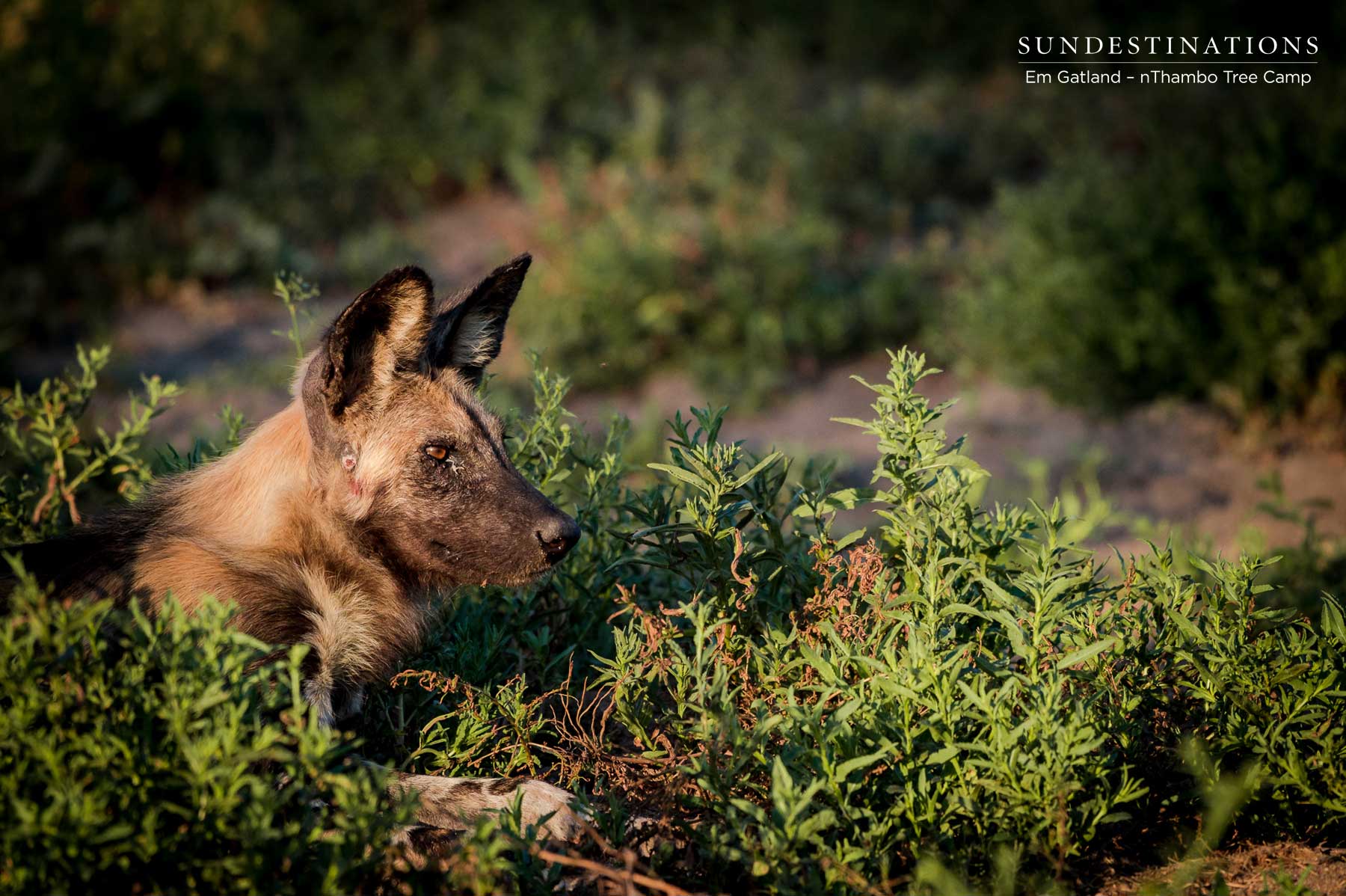
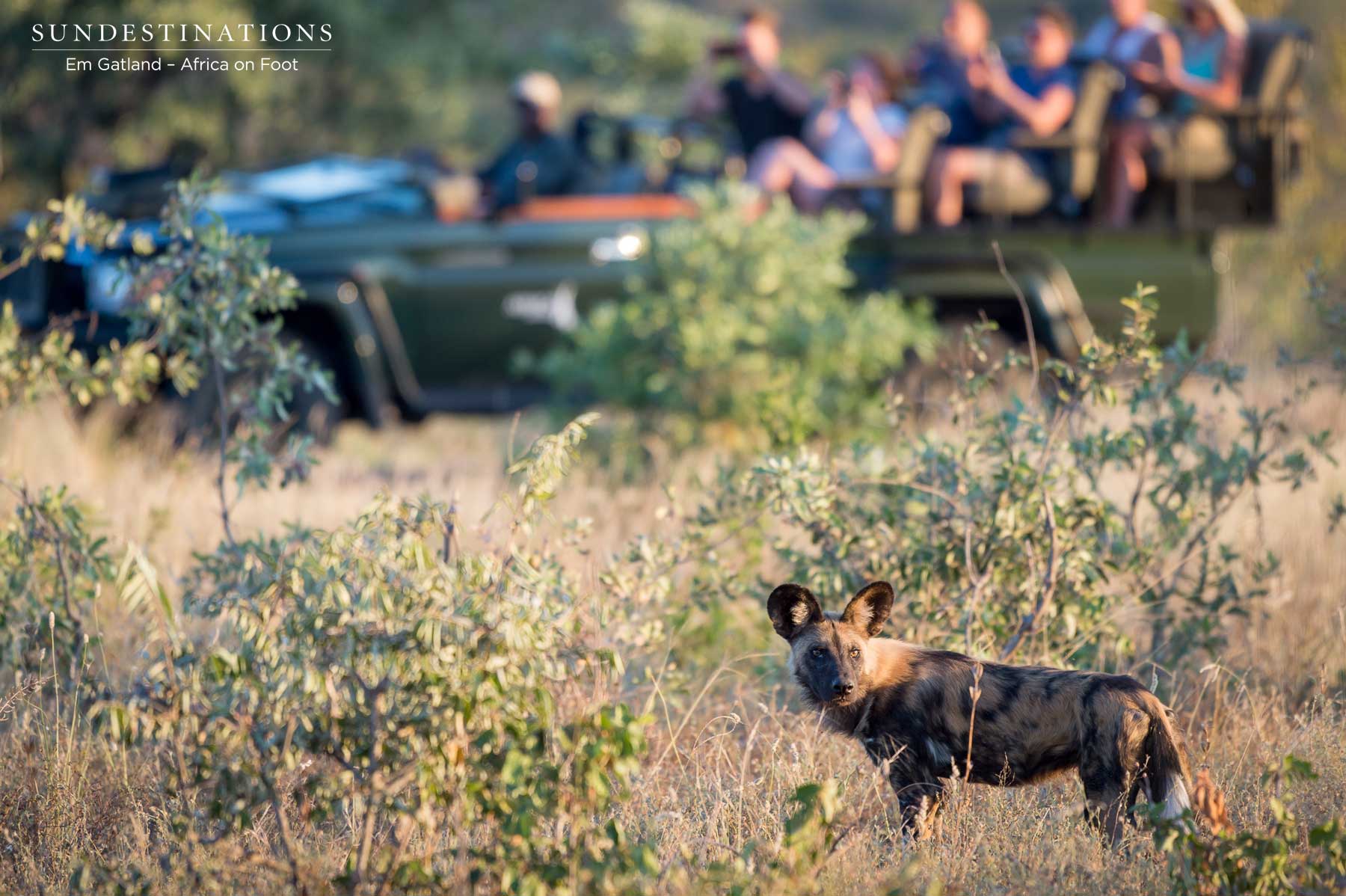
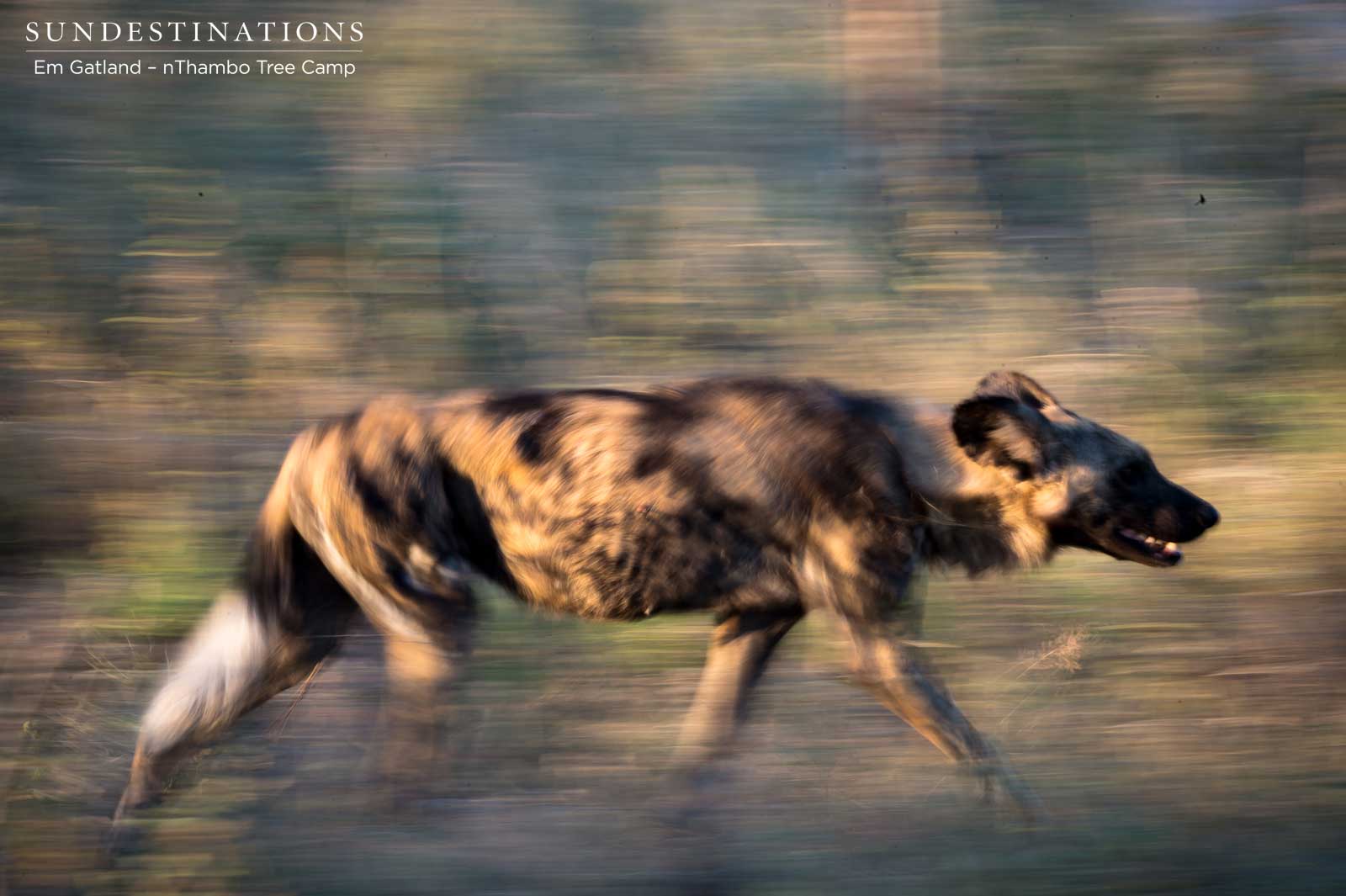
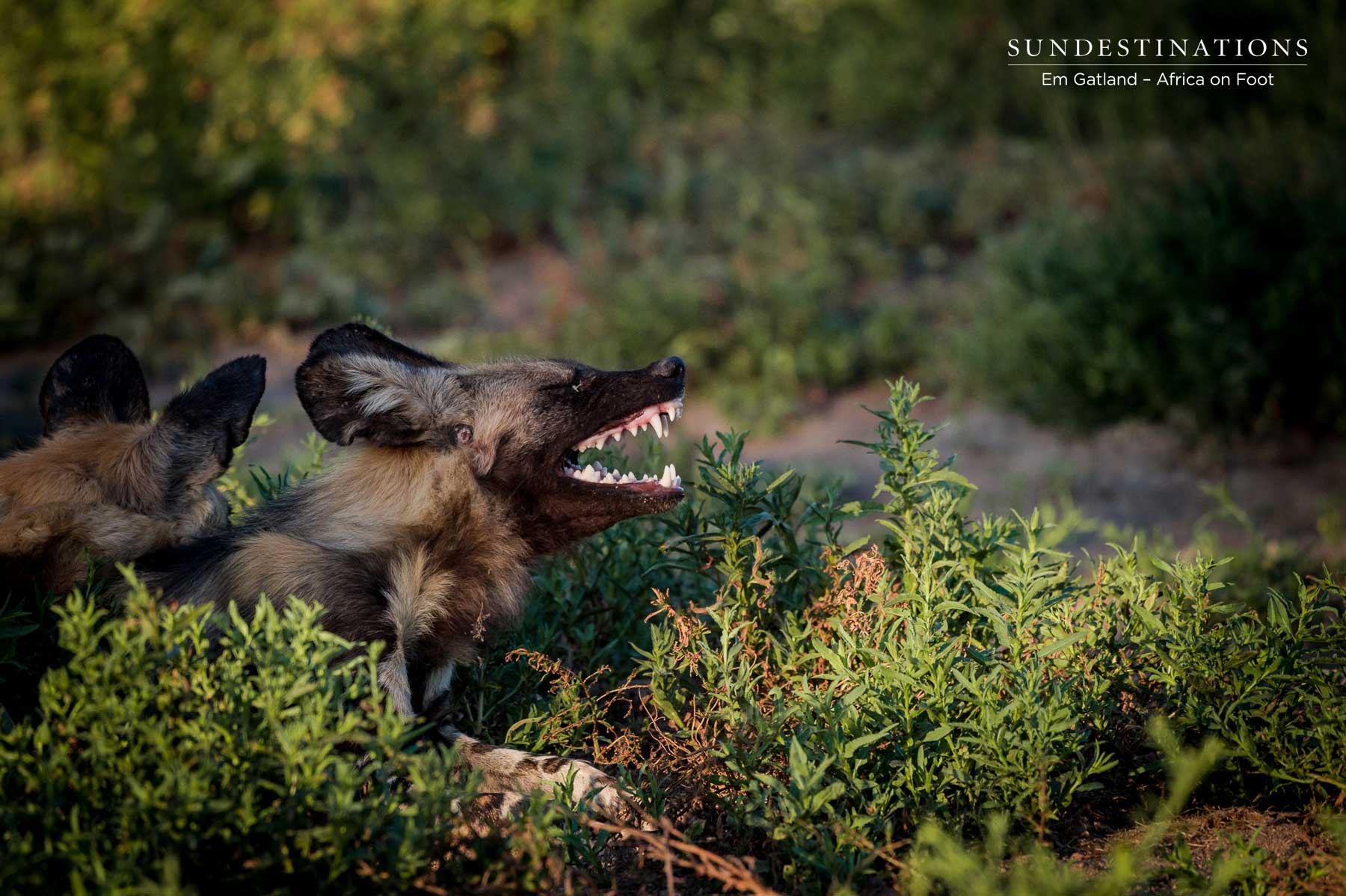
Anita Lubbe
Carolynne